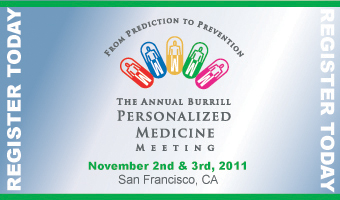“These premature deaths are all the more tragic because they are largely preventable.”
Noncommunicable diseases are the leading killer today and are on the increase, according to a new report from the World Health Organization, the first worldwide assessment of noncommunicable disease. The WHO found that in 2008, 36.1 million people died from conditions such as heart disease, strokes, chronic lung diseases, cancers and diabetes.
But the problem of such diseases is by no means limited to wealthy nations. In fact, the report found nearly 80 percent of these deaths occurred in low- and middle-income countries. In these countries, about 30 percent of the deaths from noncommunicable diseases are among people 60 or younger.
“These premature deaths are all the more tragic because they are largely preventable,” says Ala Alwan, WHO Assistant Director-General for Noncommunicable Diseases and Mental Health. “This is a great loss, not just at an individual level, but also profoundly affects the family and a country's workforce. For the millions struggling with poverty, a vicious circle ensues.”
WHO Director-General Margaret Chan says chronic noncommunicable diseases deliver a two-punch blow to development because they cause billions of dollars in losses of national income, and they push millions of people below the poverty line every year. While these diseases have reached epidemic proportions, the report says they could be significantly reduced through the reduction of their risk factors, early detection, and timely treatments.
“The rise of chronic noncommunicable diseases presents an enormous challenge,” says Chan, who released the report at the WHO conference on noncommunicable diseases April 27 in Moscow. “For some countries, it is no exaggeration to describe the situation as an impending disaster; a disaster for health, for society, and most of all for national economies.”
A large percentage of noncommunicable diseases are preventable through the reduction of four main behavioral risk factors: tobacco use, physical inactivity, harmful use of alcohol, and unhealthy diet. The report identified a number of cost-effective actions that could be undertaken to prevent deaths, disease, and avoid costs. These include such things as banning smoking in public areas, enforcing bans on tobacco and alcohol advertising and raising taxes on both, reducing the salt content of food, replacing trans-fat with polyunsaturated fat; and promoting awareness about diet and physical activity.
April 28, 2011
http://www.burrillreport.com/article-aging_and_lifestyle_take_global_toll.html






.gif)
